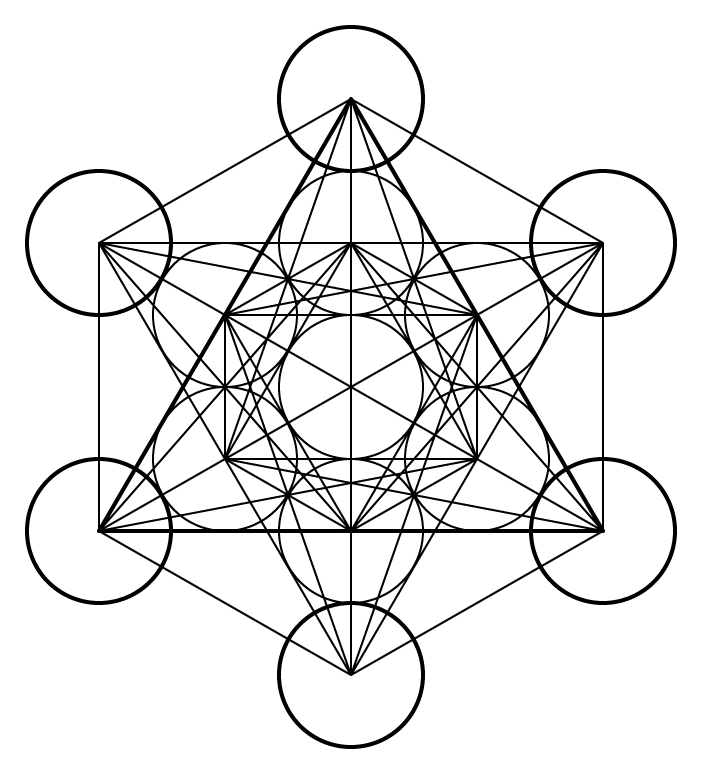Chalk is a fine-grained, white sedimentary rock that belongs to the limestone family. It is composed primarily of the microscopic skeletal remains of marine organisms, such as foraminifera and coccolithophores. Chalk has a soft, porous texture, which gives it a low density and a distinctive white color. It is easily crushed or crumbled, and has been used for various purposes throughout history, including writing, drawing, and agriculture.
Mineral Makeup
The mineral makeup of chalk is predominantly calcium carbonate (CaCO3) in the form of calcite. It is composed of the microscopic remains of marine organisms like foraminifera and coccolithophores, which have calcite shells or plates. These tiny fragments accumulate on the seafloor over time, eventually forming layers of chalk rock.
Origin
Chalk forms in deep marine environments where the deposition of calcium carbonate-rich remains of marine organisms is prevalent. Over time, these remains accumulate and become compacted, eventually turning into chalk. The formation of chalk is generally associated with periods of high marine productivity, when large quantities of calcite-producing organisms thrive in the ocean.
Occurrence
Chalk is found in several regions around the world, with significant deposits occurring in Europe, particularly in England, France, and Germany. The White Cliffs of Dover in England and the chalk cliffs of Normandy in France are famous examples of large chalk formations. Chalk also occurs in North America, Asia, and Australia, though it is less common in these areas.
Metaphysical
Chalk is believed to possess metaphysical properties related to purity, clarity, and spiritual growth. It is thought to help cleanse the aura, remove negative energy, and promote emotional healing. Chalk is also said to enhance intuition, creativity, and communication, making it a useful tool for artists, writers, and spiritual seekers.
| Class | Sedimentary (Chemical) |
| Mineral Makeup | Primarily calcium carbonate (CaCO3) in the form of calcite |
| Luster | Earthy to dull |
| Hardness (Mohs) | 1-2 |
| Streak | White |
| Color | White, occasionally light gray or yellow |
| Cleavage | None, conchoidal fracture |
| Specific Gravity | 2.3 to 2.6 |


